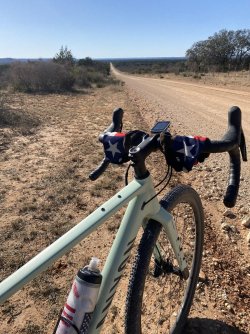LRNut
Well-Known Member
I used to bring a rod down every time I backpacked the backcountry trails - trout fishing was amazing! But don't blame US Fish and Wildlife - it was primarily the GCNP and the NFEC program.Before U.S. Fish & Wildlife killed off the trout in the Grand Canyon, we backpacked for a week every year. The climb out is mentally daunting for first timers. One step at a time, is what I told them. My dad did it at 67, and he wasn't in great shape.
One year I hiked out with a couple of women who had Camelbacks. I was still using bottles. They drank more water because it was convenient. After I bought a 70 oz. Platypus bottle with tube, I found the hike out much easier.
My friend drinks around 140 oz. (almost 9 lbs.) while hiking and hunting. I find 70 oz. enough if it is cold, but for an October hunt I take an extra pint bottle. Don't forget that NM is much drier than you're used to. People get dehydrated with just mild exercise.
I could care less about the humpback chub - bring back the trout! White people aren't native to the GC either, so why not give it back to the Indians?

